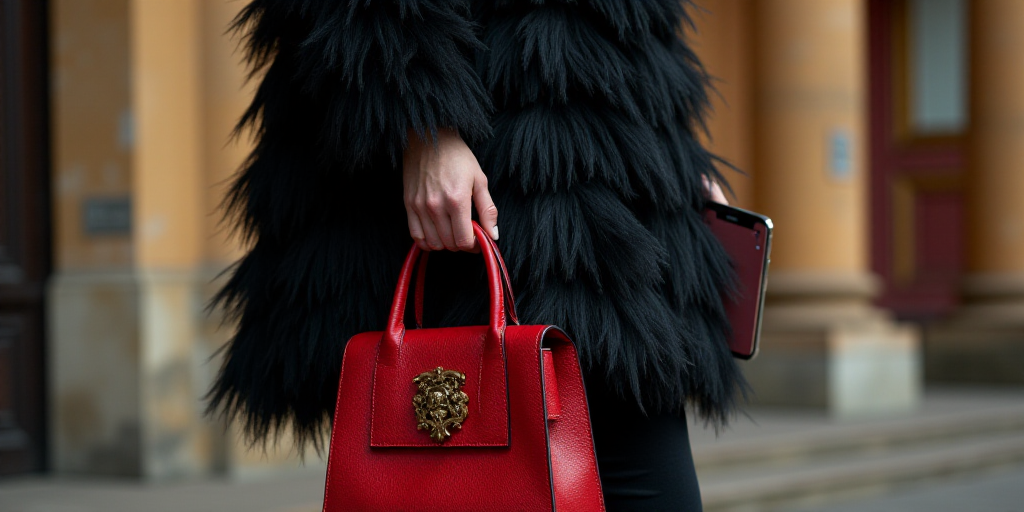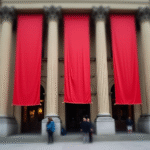A Disruptive Narrative
In recent months, TikTok has become the stage for a quiet revolution that is shaking the foundations of the luxury industry. Through viral videos, a new generation of Chinese manufacturers is openly showcasing the intricacies of producing items they claim are made for renowned European houses. This started as a series of clips displaying bags, sneakers, or jackets and has escalated into a phenomenon that questions the principles upon which the symbolic value of luxury is built: exclusivity, craftsmanship, and mystery.
These videos directly demonstrate the supposed production costs, materials used, and manufacturing processes, thereby deconstructing –without filters or embellishments– the traditional narrative of large brands. One of the most commented-on examples is a bag similar to Hermès’ iconic Birkin, with material and labor costs around $1,400 compared to its market price of up to $38,000.
With this type of content, the Asian narrative becomes a tool for disruption that could challenge profit margins and, more importantly, the perception of value in a historically enigmatic sector.
Quality and Technique
Brands like Hermès insist that most of their items are crafted in France and other European countries under strict quality controls with techniques difficult to replicate. Their defense rests on the intangible value of the brand: its legacy, the customer experience, the promise of exclusivity, and quality assurance.
However, what’s at stake is not only the legitimacy of certain products but also the very meaning of luxury for a new generation. Young consumers, especially Generation Z, increasingly value transparency, traceability, and ethical commitments from brands. For them, the story of how an item is produced can weigh as much as its design or prestige.
Updating the Concept
Conglomerates like LVMH and Kering have reported sales declines not only due to global competition but also due to erosion in consumer trust. The luxury sector can no longer afford to ignore these cultural shifts.
Despite this, the situation should not be interpreted solely as a threat. It also presents an opportunity to redefine and update the concept of luxury for the 21st century.
Some brands have started exploring new paths: certified traceability, collaboration with local artisans, more open sales channels, or even narratives based on sustainability. Meanwhile, those clinging to a closed, opaque model based on secrecy risk falling behind.
In this new scenario, reputational challenges become central. Luxury brands must acknowledge that trust is no longer imposed but earned. To achieve this, aspirational campaigns and carefully crafted discourse are insufficient; consistency, integrity, and adaptability must be demonstrated.
Incorporating technologies like blockchain to certify product origins, establishing authentic dialogues on social media, or making value chains transparent are crucial steps.
Key Questions and Answers
- What is the issue at hand? TikTok has become a platform where Chinese manufacturers are openly revealing the production processes of luxury items, challenging the traditional narrative and symbolic value of luxury.
- Why is this significant? Younger consumers, particularly Generation Z, value transparency and ethical commitments from brands. This shift poses a challenge to the luxury sector’s traditional model based on exclusivity, craftsmanship, and mystery.
- How are luxury brands responding? Some brands are updating their concepts, focusing on traceability, local artisan collaborations, and sustainable narratives. Others risk falling behind if they cling to opaque, secretive models.
- What role does technology play? Technologies like blockchain can help certify product origins, contributing to building trust and authenticity in the luxury sector.






